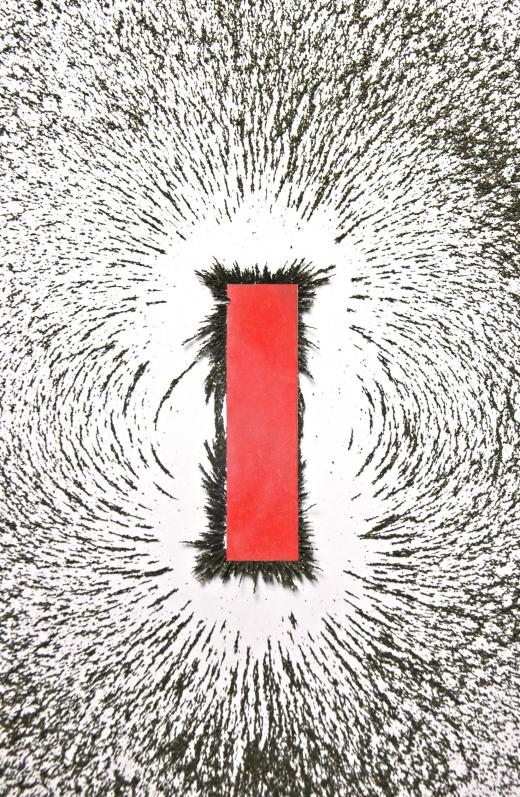What Is Magnetism?
The term magnetism describes the force of repulsion and attraction between different substances, such as iron and other metals. In magnetism, the motion of charged particles is ultimately responsible for the attraction or repulsion between substances. Objects that are attracted to each other illustrate the magnetic principles of ferromagnetism and paramagnetism, while diamagnetism describes the repulsion of magnetic fields.
One object that is commonly associated with magnetism is called a magnet, which produces a static magnetic field. Some of the most common types of magnets, such as the refrigerator variety, are considered permanent because of their ability to create their own magnetic field. Magnets have two poles: a north (N) and a south (S) pole. The poles either attract or repel objects using a magnetic force.

When two magnets with opposite poles are close to each other, the magnetic force attracts them to one another. The opposite is true when opposing poles are in close proximity. Magnets can also attract various magnetized objects. The behavior of the magnetized objects toward the magnet is determined by the object’s material.
Materials such as iron, nickel and cobalt are strongly attracted to magnets due to their ferromagnetic properties. Substances such as platinum, aluminum and oxygen are considered to be paramagnetic and are weakly attracted to a magnet. Diamagnetic materials, including copper, water and plastic, are weakly repelled by magnets.

Ferromagnetic objects have the strongest magnetic force out of the three magnetic types. Refrigerator magnets are a good example of a ferromagnetic object that is magnetized by an external magnetic field. After the field is removed the magnet remains magnetized. Objects that remain magnetized are called permanent magnets.
Unlike ferromagnetism, paramagnetism only occurs when an external magnetic field is applied to an object. Paramagnetic objects tend to have an incomplete inner electron shell that causes the unpaired electrons to spin and orbit in a specific way. To explain in more detail: electron shells describe the concept of a field around an atom's nucleus. Each shell or orbit can only hold a specific amount of electrons. These incomplete electron shells tend to randomly align and strengthen an applied field, which is the reason paramagnetism can only occur when a magnetic field is present.

Another difference between the two is that a paramagnetic object does not retain any magnetization when the external magnetizing entity is taken away. The reason is that paramagnetic objects are hundreds of thousands of times weaker than ferromagnetic material. In contrast, diamagnetic objects are repelled by a magnet’s north and south poles. Diamagnetic materials create an opposite magnetic field against the external applied magnetic field, causing a repulsive effect.
AS FEATURED ON:
AS FEATURED ON:














Discussion Comments
If a magnetic field releases a force in the usual magnetic why doesn't;t the earths magnetic field show some force in the center??
This is very interesting since it helps in my SBA and can support my discussion to gain excellent marks. As a student of CGSS, I am very grateful to this site for providing such useful information.
Magnetism is described here, not explained. Do physicists know nothing about why magnetism works as it does?
Post your comments